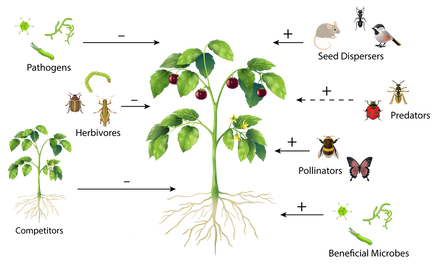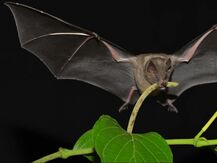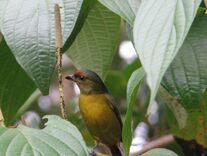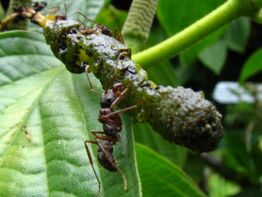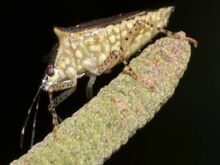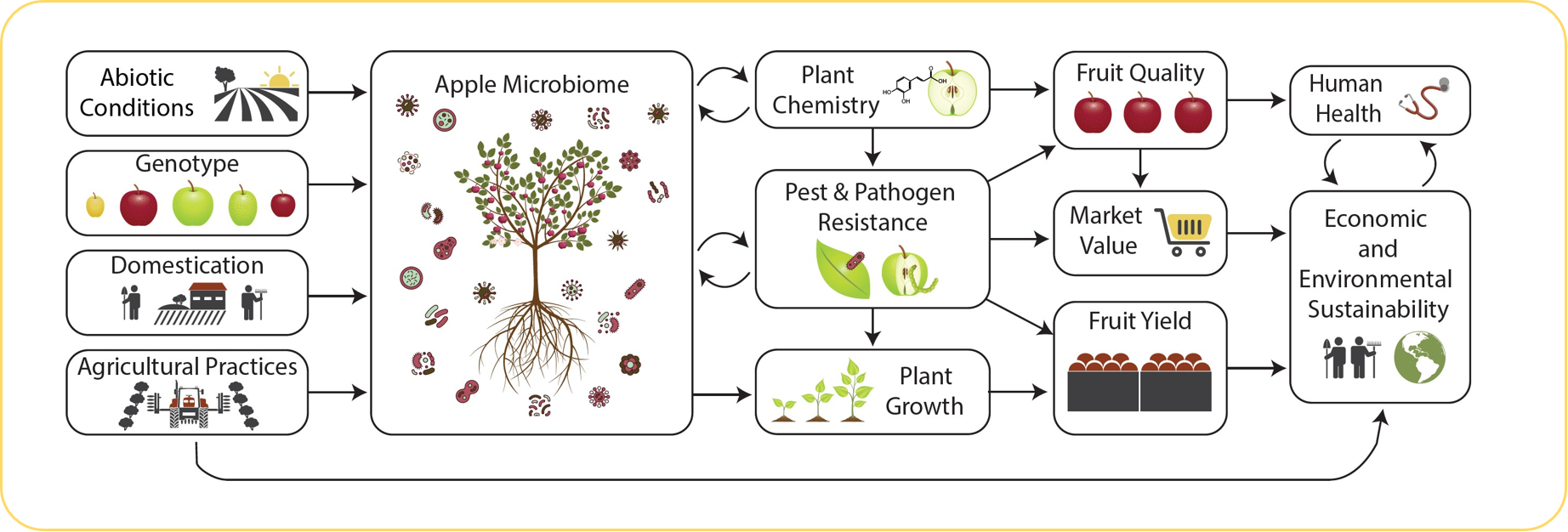We study the ecology and evolution of multi-species plant interactions.
Some of our favorite questions to ponder are:
* How do plants simultaneously defend themselves against antagonists and remain attractive to the mutualists they depend on for reproduction?
* What are the evolutionary causes and ecological consequences of the mind-blowing diversity of phytochemicals?
* How do human-mediated selection pressures from processes such as climate change, species invasions, and agricultural expansion impact phytochemistry and plant interactions?
* How can we harness an improved understanding of phytochemistry and plant interactions to increase agricultural sustainability?
* How do plants simultaneously defend themselves against antagonists and remain attractive to the mutualists they depend on for reproduction?
* What are the evolutionary causes and ecological consequences of the mind-blowing diversity of phytochemicals?
* How do human-mediated selection pressures from processes such as climate change, species invasions, and agricultural expansion impact phytochemistry and plant interactions?
* How can we harness an improved understanding of phytochemistry and plant interactions to increase agricultural sustainability?
